Why do 90 + candlelight Ethiopian boutique beans take a completely different approach in naming?
Question1: why are Ethiopian coffee beans always big and small?
If you are very fond of African beans, it should be easy to find that Ethiopian beans are generally of different sizes and have significantly lower evenness than those in Kenya. Whether it is Yega Xuefei or Sidamo, whether it is washing or sunlight, sometimes the same batch of coffee beans can be seen to be significantly different in baking color and particle size.
Answer: coffee beans vary in size from a wide variety and centralized handling.
First of all, let's take a look at how coffee is grown and picked in Ethiopia.
Ethiopia is a country full of wonders. What we say here, the Arabica coffee we have never drunk comes from this.
Nearly 2000 coffee varieties have been recorded in Ethiopia, including 1927 native varieties and 128 imported varieties. So just by looking at the appearance, Esther's coffee variety is "Grand View Garden", which has everything, long, short, thin, fat.
Long particles are found in all coffee growing areas in Ethiopia. From the actual proportion seen, there are more long particles in the western Jimma, including Limmu and Kaffa, and less in sidama (Sidamo) or yirgacheffe (Yega Sheffield).
Small granule species, the shape is relatively round, the bean body is very small, mostly between 14-15 orders, this species should be the most familiar to us. They are often seen in Sidamo and Yegashiri, and I have seen them in a harrar sample, as well as in raw coffee beans sold locally in Jimma, compared to other areas. There are many native varieties of this kind of small particles in sidama, yigracheffe and surrounding arsi and guji.
In addition to the wide variety of coffee, the way coffee is grown also affects the variety mix of Ethiopian coffee beans.
Ethiopia's coffee cultivation is divided into:
● forest coffee forest coffee (8-10%), coffee trees and other crops coexist in the primeval forest, without any artificial care, farmers will pick coffee fruits regularly.
● forest-semi-forest coffee semi-forest coffee (30-35%), the coffee planting area is between the forest and the range of farmers' lives, coffee trees are naturally produced varieties like forest coffee, and farmers will manage coffee planting areas and grow other cash crops.
● pastoral coffee garden coffee (50-55%), coffee trees are planted around farmers' living areas, and most of them are grown by farmers themselves.
● plantation coffee plantation coffee (5-6%), a large private grower, has more treatment facilities and production capacity.
Most of the coffee cultivation in Sidamo and Yega Xuefei belongs to the pastoral coffee model, in which coffee farmers plant coffee trees near their living areas and harvest them during the harvest season. it is then sent to a nearby treatment plant built on water for unified treatment (or purchased by a middleman). In addition to a small number of plantations that have the strength to grow, pick and handle raw coffee beans independently, many coffee beans from different regions and varieties will be centrally processed by the processing plant and then sent to the auction house for official evaluation and grading. This is one of the reasons why many Ethiopian coffee beans are named after processing plants or cooperatives, and it is also one of the reasons why the same batch of coffee beans are mixed with multiple coffee varieties. even the flavor of different batches of coffee beans produced by the same treatment plant will be significantly different.
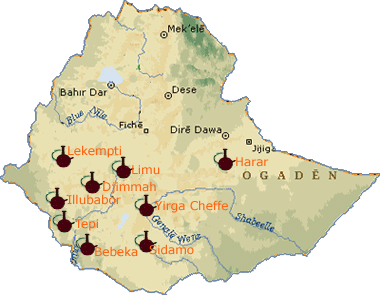
Question2: what do you mean by G1 and G2 of Ethiopian coffee beans? What's the difference?
Answer: G1 and G2 are different grades of Ethiopian coffee beans.
The definition of the grade of Essex coffee is complicated.
First of all, the Ethiopian Ministry of Agriculture has a department called Cupping and Liquoring Unit CLU, which is responsible for the quality approval of exported coffee, which includes the very important responsibility of grade definition; CLU existed before ECX.
Before the advent of ECX, for washed coffee, the export grade was G1 and G2; for sun-cured coffee, the export level was G3, G4, G4, G5, which means that the highest level of sun exposure was G3.
After the emergence of ECX, there is a redefinition of classification, and there is no difference in the classification name of water washing, while the definition of sunlight appears for the first time G1, which is why Essel's sunburn is G1 and G2, while G3 begins to decrease slowly.
Washed beans Grade1 represents 3 defective beans per 300g raw beans, and Grade2 represents 4 defective beans per 300g. Of course, in fact, the standards of defective beans between sellers and buyers must be a little different (otherwise, why else can we pick out so many defective beans? ), but the comparison of defect rates is still easy to tell. The defective beans in the G1 are significantly fewer than those in the G2, which means that, excluding the effects of specific flavor and roasting, Ethiopian G1 coffee beans are of higher quality and higher scores than G2 coffee beans, at least clearly distinguishable in terms of defective flavor.
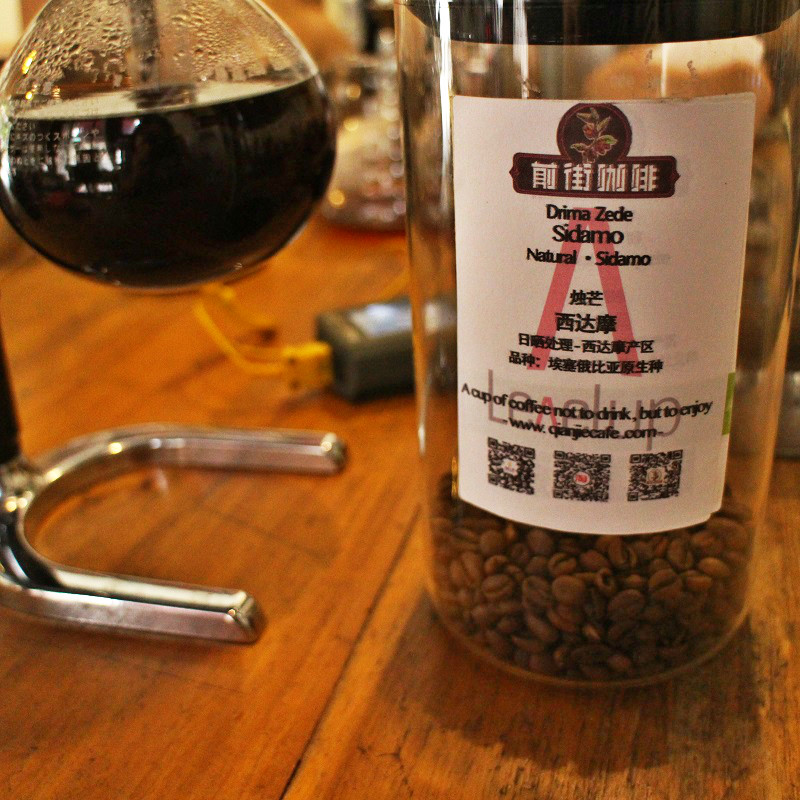
Various forms of coffee cultivation can be found in Ethiopia: everything from wild coffee forests and semi-developed land to traditionally operated plots to modern plantations. About 50% of the coffee is grown more than 1500 meters above sea level.
According to the above four different modes of production, Ethiopian coffee can be divided into nine major coffee producing areas, including five boutique coffee areas: Sidamo, Yegashefi, Harald, Lim and Lekampu. and four general commercial bean producing areas: Gemma, Irugbo, Tibby and Bekaa. The sun or water washing methods are used in each district, and different treatment methods also affect the flavor. At present, the sun method accounts for about 80%, and water washing accounts for about 20%.
Ninety Plus Coffee, a boutique coffee supplier from the United States, was founded in 2006. In the ten years since its establishment, 90 + has made the coffee industry all over the world realize its unique charm and led the unprecedented boutique coffee craze in the world. Since the first coffee in 2007, it has been the precious first choice for coffee industry experts and competitors. Today's 90 + is synonymous with the world's top boutique coffee, taste and quality far better than any other expensive coffee.
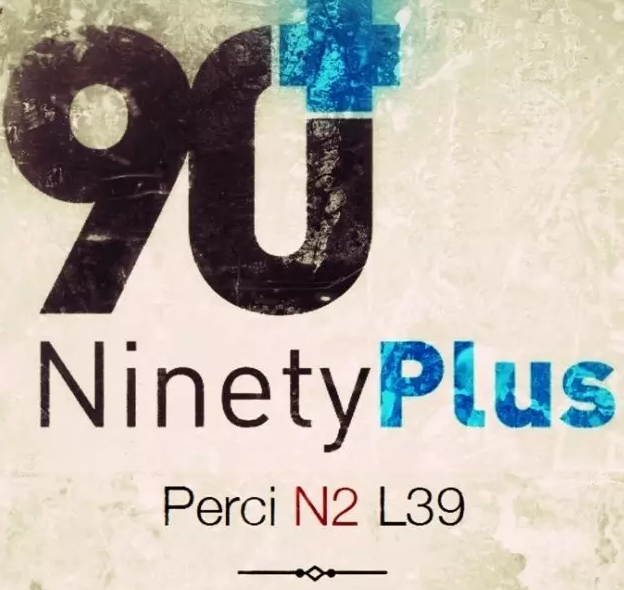
90 + beans and the general habit of boutique beans in a completely different way of naming, there will not be the name of the producing area and manor, each bean is named according to flavor. Candles, for example, mean "best approach" in the local dialect. Starting with a concept of flavor, then naming it, and then starting the choice of producing areas and cooperative farms, it can be seen that 90 is a brand with boutique management style.
"90 +" does not refer to all coffee with a score of more than 90. Good coffee, one year, one year. Sometimes haunt different manors, but also have different taste characteristics. "90 +" refers to a top range of coffee with 13 flavors. These coffees only come from Ninety Plus Coffee, the creator of American boutique coffee. They are all old varieties of Ethiopian heirloom (Heirloom). After being cultivated in the ecological environment, they are processed according to the standard of works of art to optimize their taste. The processing process is the specialty of 90 +, will separate these coffee according to variety, microclimate, fresh time one by one, taste one by one, specially design the processing method for each taste, achieve a kind of taste characteristic, just like the big brand design, study attentively, spend painstaking efforts to complete a handicraft that is close to art. Natural products go through a lot of refinement and improvement, and finally reach the most beautiful posture to present the content to everyone.
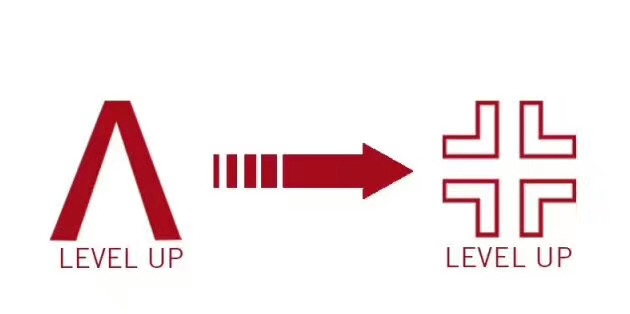
LEVEL UP will no longer operate as a sub-brand of 90 +, but as a product line of 90 +, abolishing the original independent design. In the new production season, the original L grading system may be abolished (the original L7\ L12\ L39\ L139), while the division of products and product lines will be divided by a more significant taste. The product line is divided into four series: NinetyPlus Ethiopia, NinetyPlus Panama, Ninety Levelup, NinetyPlus Limited
With the support of 90 + technology, Drima Zede only selects the most mature coffee cherries by hand, and the sun drying process takes pains to keep stirring to ensure uniformity. The end result is a very transparent and pure taste, hot and cold varies greatly, and the aromas of fruit, flowers and oak are very charming.
Also known as Ethiopian sun-dried beans, candlelight, after strict regulation and selection, avoids the annoying soil odor and high rate of bad beans in common sun-dried beans, while highlighting the glamorous sweetness of the sun treatment. Candlelight charming fruit tone inherits the charming aroma given by the traditional Egyptian sun, unreservedly expressing round, full, long aftertaste sweetness and just the right fruit acidity. The daily brewing of candles is also quite easy to use, the bean itself is rich in flavor, whether it is fresh dripping or strong siphon cooking, can well show its own flavor.
90 + series candle flavor: nectarine, tropical fruit, clean and bright taste, the first entrance is very amazing
Ninety + candles
The origin of the name: Drima Zede (candle) means "Best Approach" in the local dialect. According to the information provided by the original factory, this Yega Xuefei is a series of tailor-made products developed based on 90 + years of experience. With the support of 90 + technology, Drima Zede only selects the most mature coffee cherries by hand, and the sun drying process takes pains to keep stirring to ensure uniformity. The end result is a very transparent and pure taste, hot and cold varies greatly, and the aromas of fruit, flowers and oak are very attractive.
Origin: 90 + Ethiopia Sidama (Hidamo) producing area
Altitude: 1750m-2000m
Treatment method: insolation
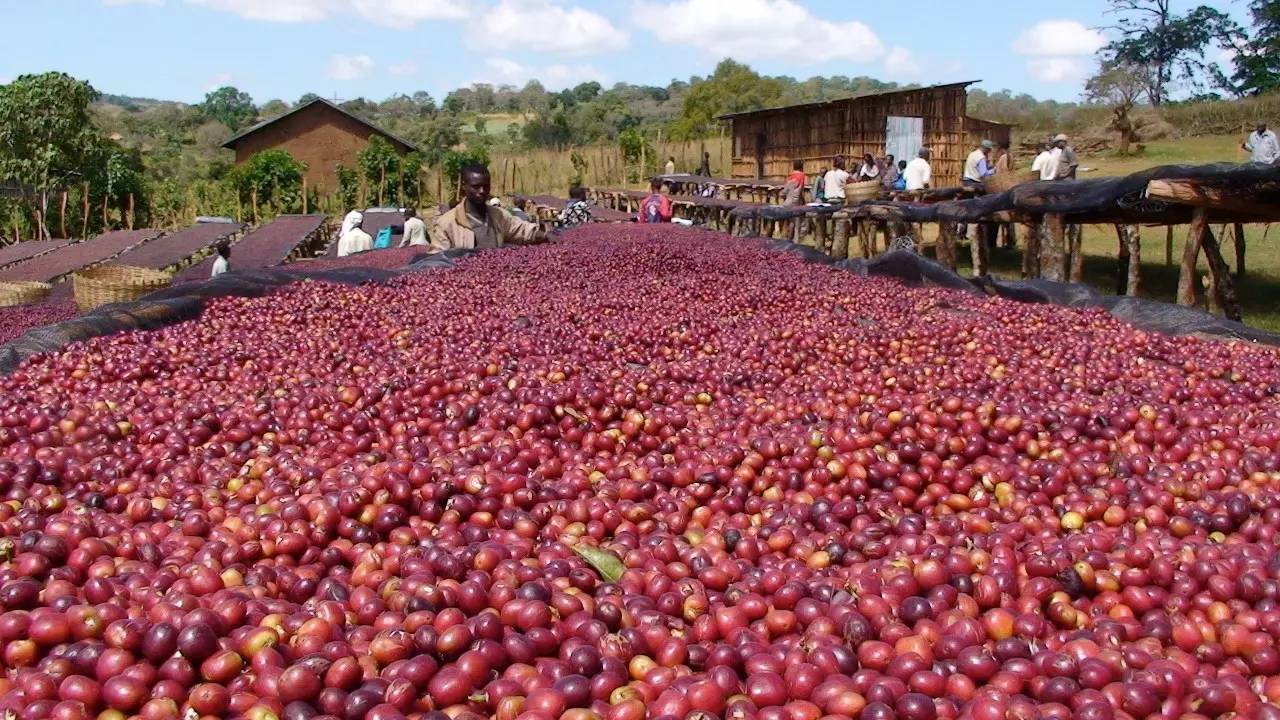
Important Notice :
前街咖啡 FrontStreet Coffee has moved to new addredd:
FrontStreet Coffee Address: 315,Donghua East Road,GuangZhou
Tel:020 38364473
- Prev
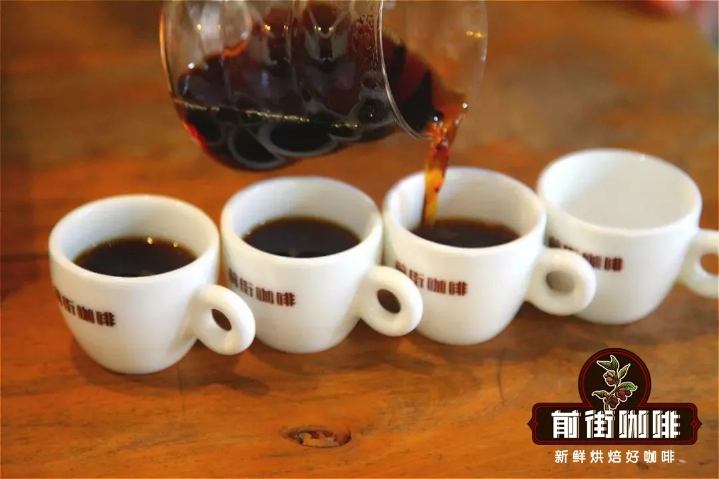
Characteristics of Sidamo Coffee grading system what are the grades of Ethiopian coffee beans G1 and G2
Question1: why are Ethiopian coffee beans always big and small? If you are very fond of African beans, it should be easy to find that Ethiopian beans are generally of different sizes and have significantly lower evenness than those in Kenya. Sometimes roasting appearance can be found in the observation of the same batch of coffee beans, no matter whether it is Yega Xuefei or Sidamo, whether it is washed or insolated.
- Next
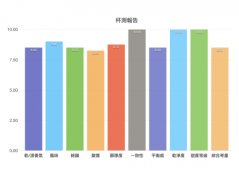
2017 Panamanian Casa Luz Sun Bourbon Coffee Flavor aroma description
For the exchange of professional baristas, please follow the coffee workshop (Wechat official account cafe_style) country: Panama ■ Manor: Casalouille Manor ■ production area: Bockett Boquete ■ Variety: BOURBON ■ treatment: sun ■ Harvest time: 2017 Cup Test report: the Louise family, which has been growing the best coffee in Panama for nearly a century, has grown the best coffee in Panama. Such as
Related
- Detailed explanation of Jadeite planting Land in Panamanian Jadeite Manor introduction to the grading system of Jadeite competitive bidding, Red bid, Green bid and Rose Summer
- Story of Coffee planting in Brenka region of Costa Rica Stonehenge Manor anaerobic heavy honey treatment of flavor mouth
- What's on the barrel of Blue Mountain Coffee beans?
- Can American coffee also pull flowers? How to use hot American style to pull out a good-looking pattern?
- Can you make a cold extract with coffee beans? What is the right proportion for cold-extracted coffee formula?
- Indonesian PWN Gold Mandrine Coffee Origin Features Flavor How to Chong? Mandolin coffee is American.
- A brief introduction to the flavor characteristics of Brazilian yellow bourbon coffee beans
- What is the effect of different water quality on the flavor of cold-extracted coffee? What kind of water is best for brewing coffee?
- Why do you think of Rose Summer whenever you mention Panamanian coffee?
- Introduction to the characteristics of authentic blue mountain coffee bean producing areas? What is the CIB Coffee Authority in Jamaica?

